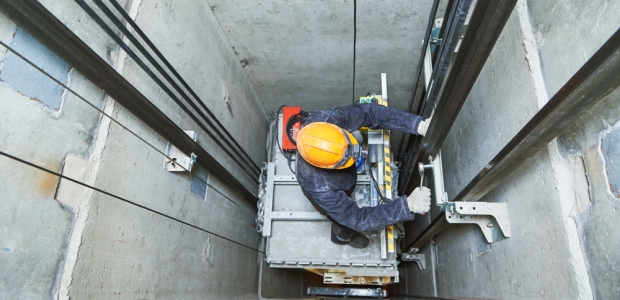
ISO Publishes First International Standard for Passenger Lifts
Dr. Gero Gschwendtner, chair of the ISO technical committee that developed the standards. said the harmonization of the existing standards removes the barrier to international trade and ensures the same safety level for stakeholders all over the world.
There are hundreds of thousands of goods and passenger lifts in use at any given moment around the world, safely transporting us up and down buildings thanks to some pretty rigorous standards. But the national or regional rules and regulations that apply to them are reflected in different standards, making international trade a problem. For the first time,
The International Organization for Standardization (ISO) has published the first international standard to harmonize standards on passenger lifts. National or regional rules and regulations have been reflected in the existing standards, which makes international trade a problem, according to ISO's recent news release about the new standard.
The release says three main standards are used around the world to outline the mechanical and operational characteristics of lifts, and they feature a similar level of safety and quality. But they have different requirements and are tied to the economic area in which they operate, meaning they are not always accepted in other parts of the world.
ISO 8100 Lifts for the transport of persons and goods – Part 1: Passenger and goods passenger lifts and Part 2: Design rules, calculations, examinations and tests of lift components overcome this problem by providing internationally agreed requirements that have worldwide approval for use in all economic areas and are compliant with all local legislation. ISO 8100-1 and -2 were developed by ISO technical committee ISO/TC 178 Lifts, escalators and moving walks, the secretariat of which is held by AFNOR, ISO's member for France.
Dr. Gero Gschwendtner, chair of the ISO technical committee that developed the standards. said the harmonization of the existing standards removes the barrier to international trade and ensures the same safety level for stakeholders all over the world. "This will not only reduce administration for many businesses in the field, but will also provide a platform for safety, innovation, and new technologies to grow," Gschwendtner said.